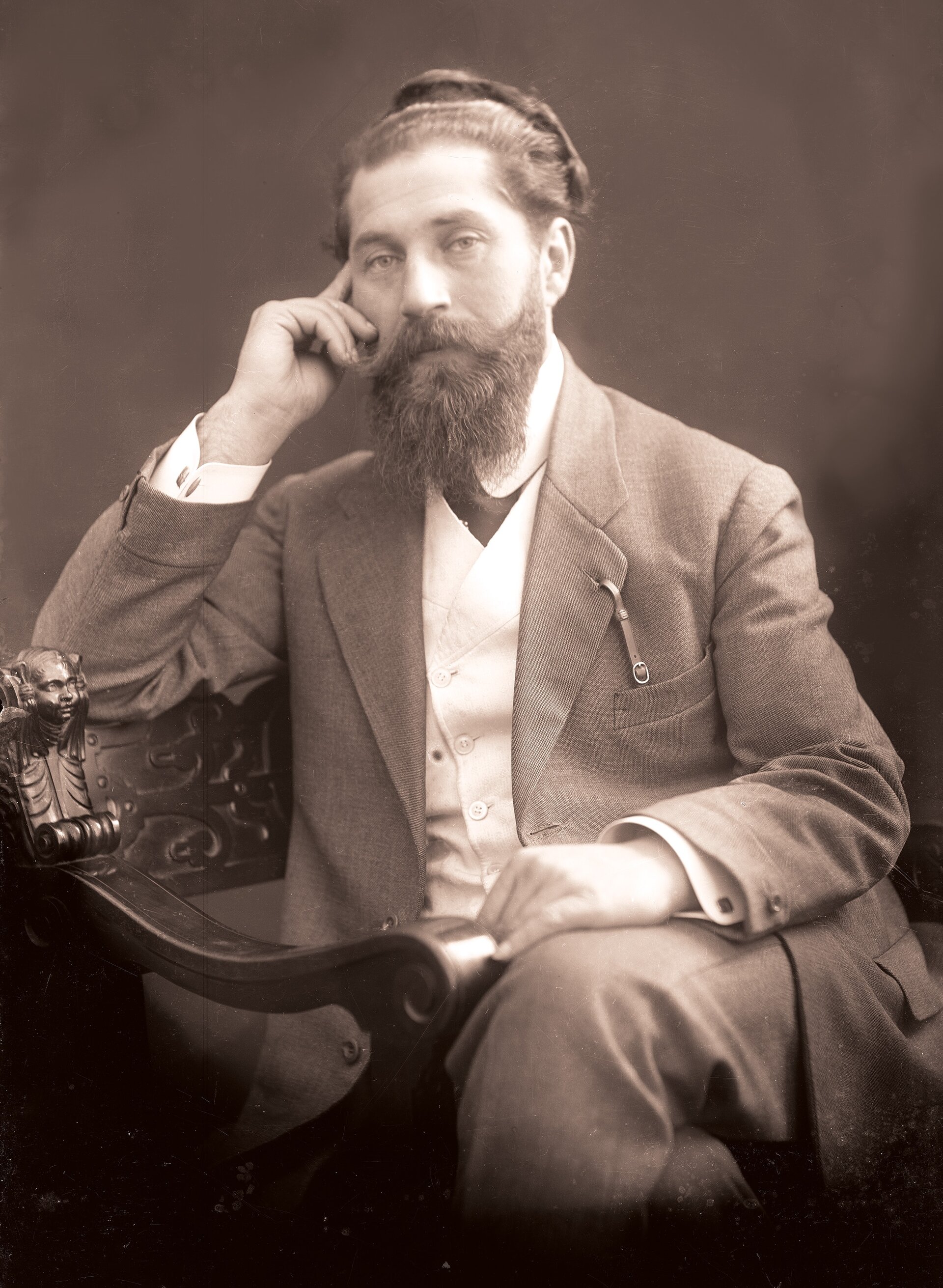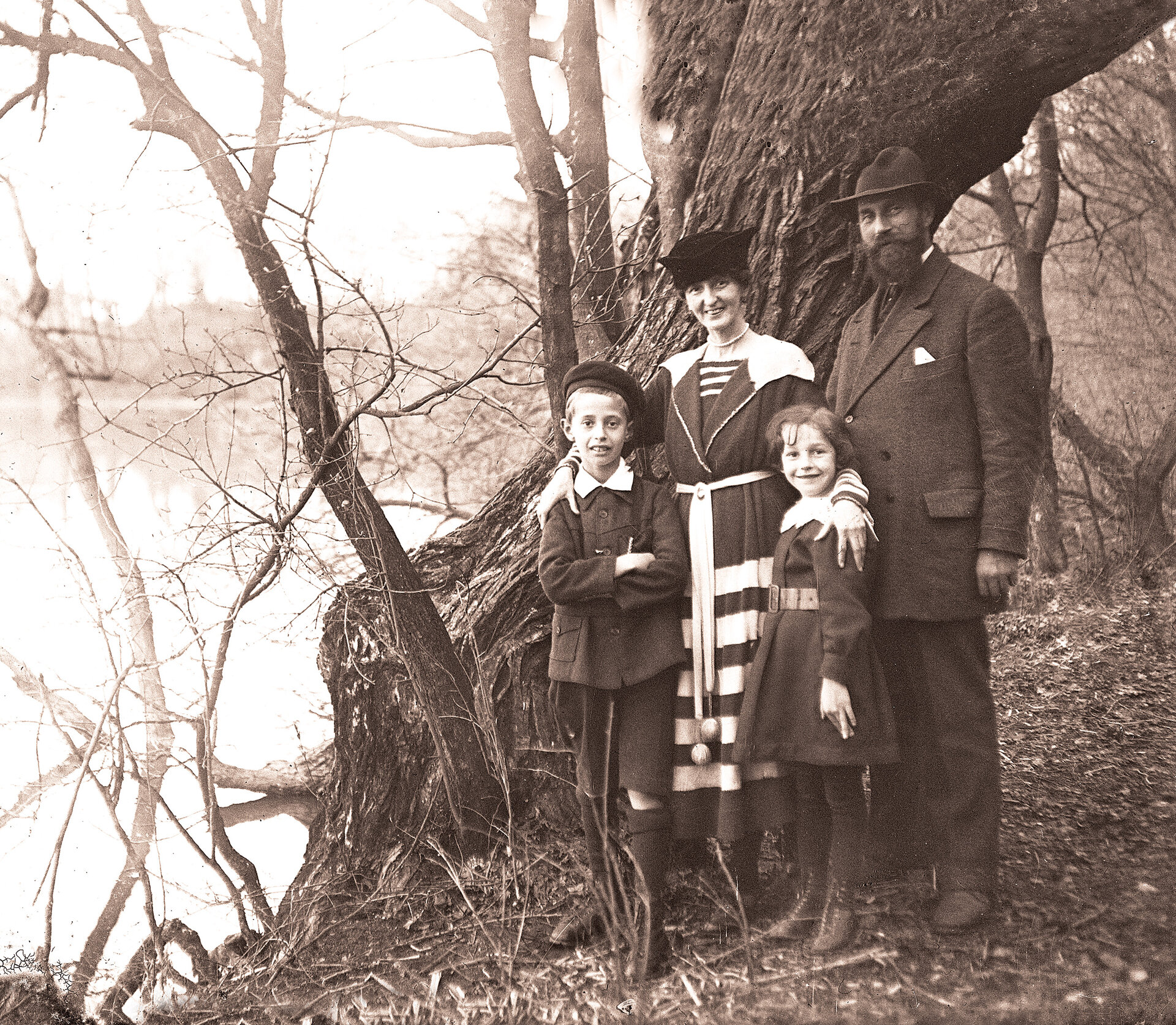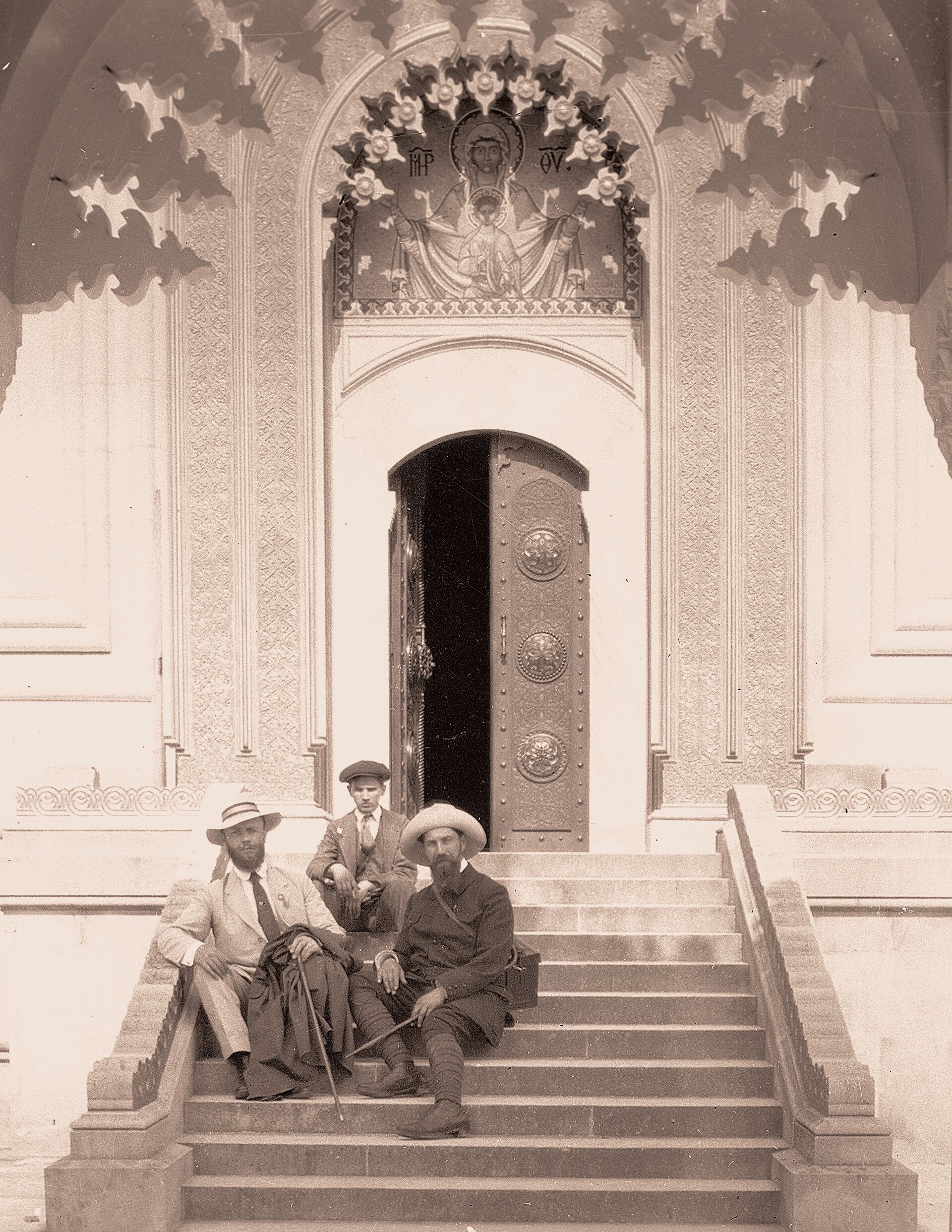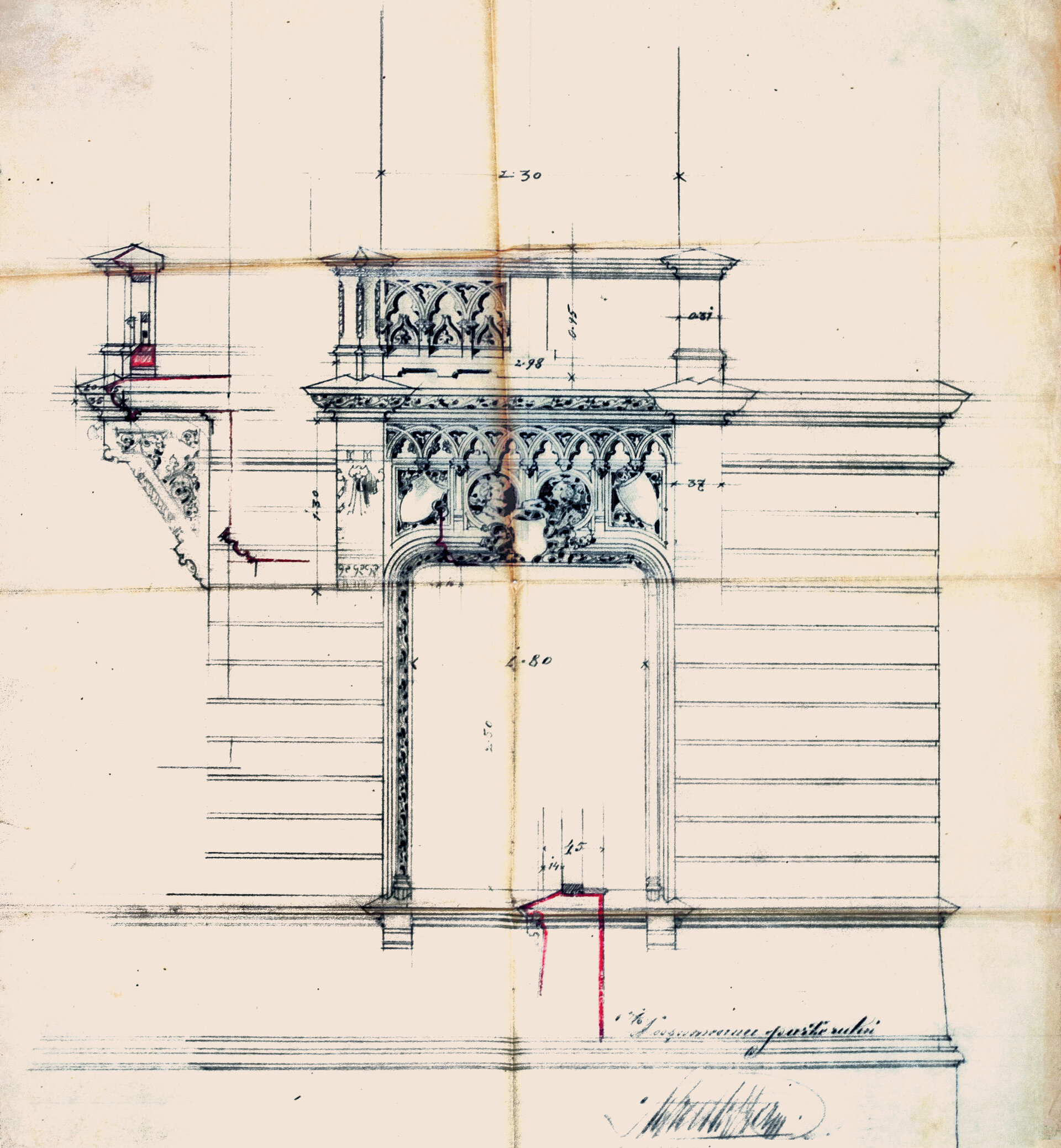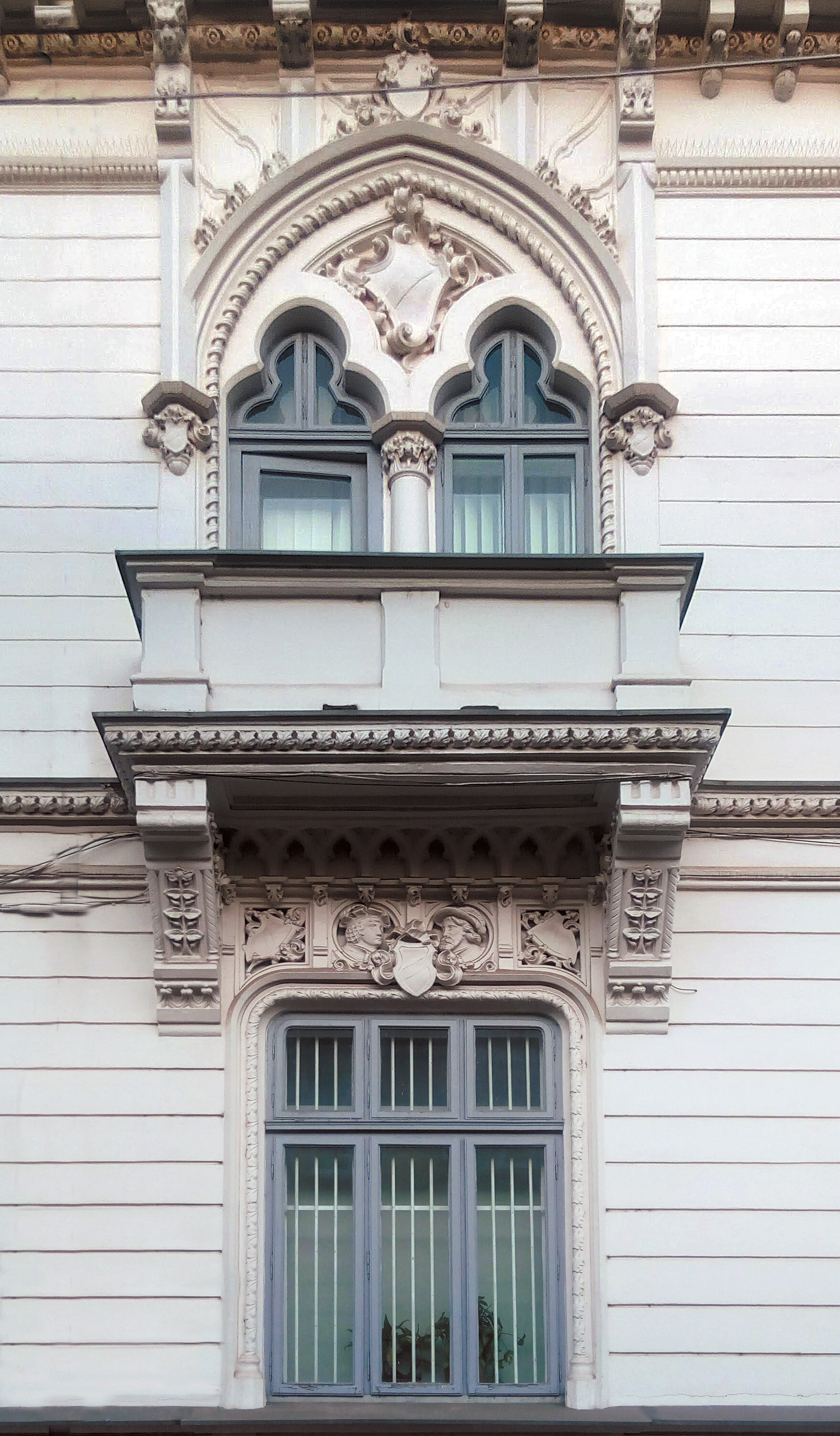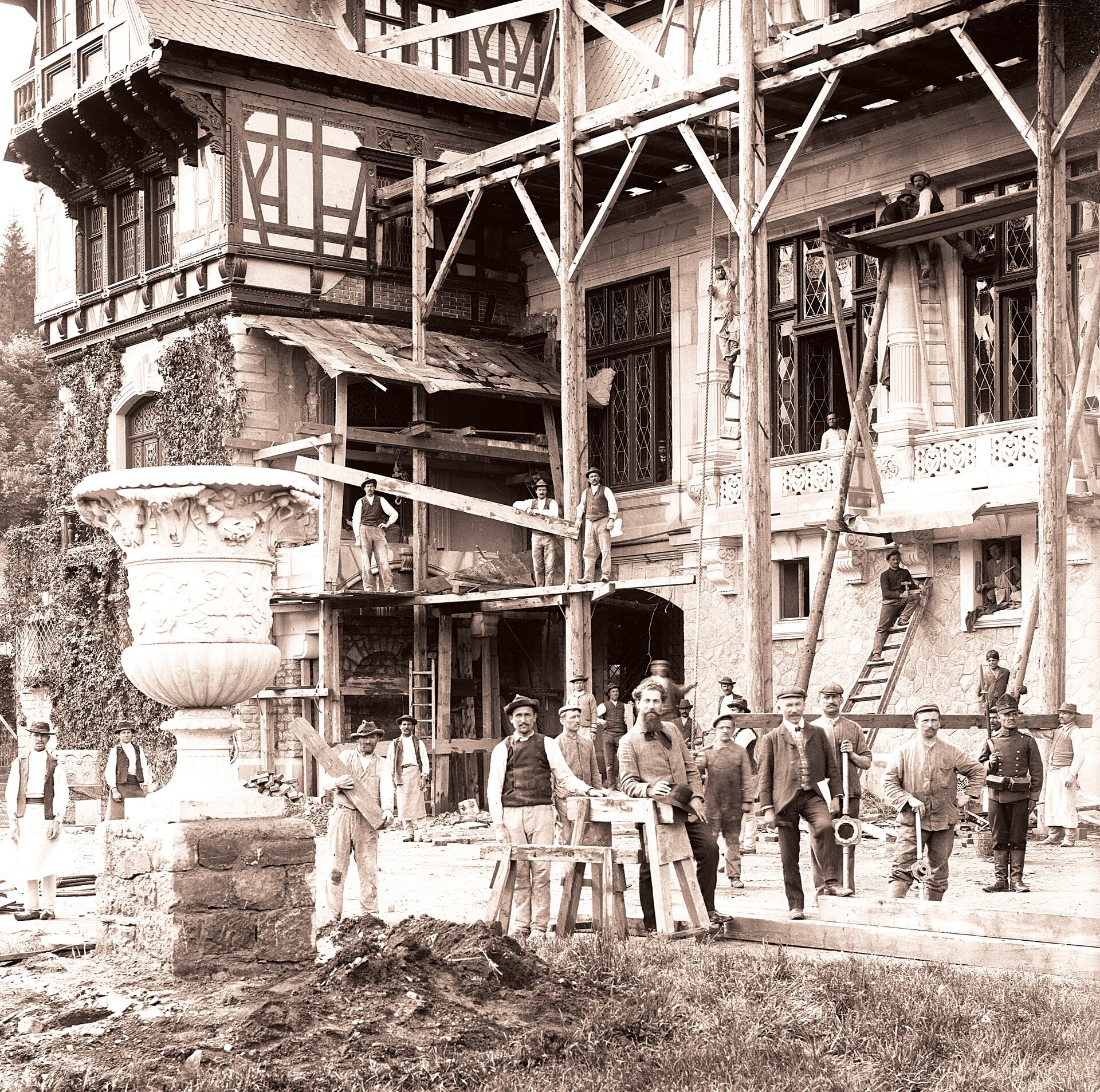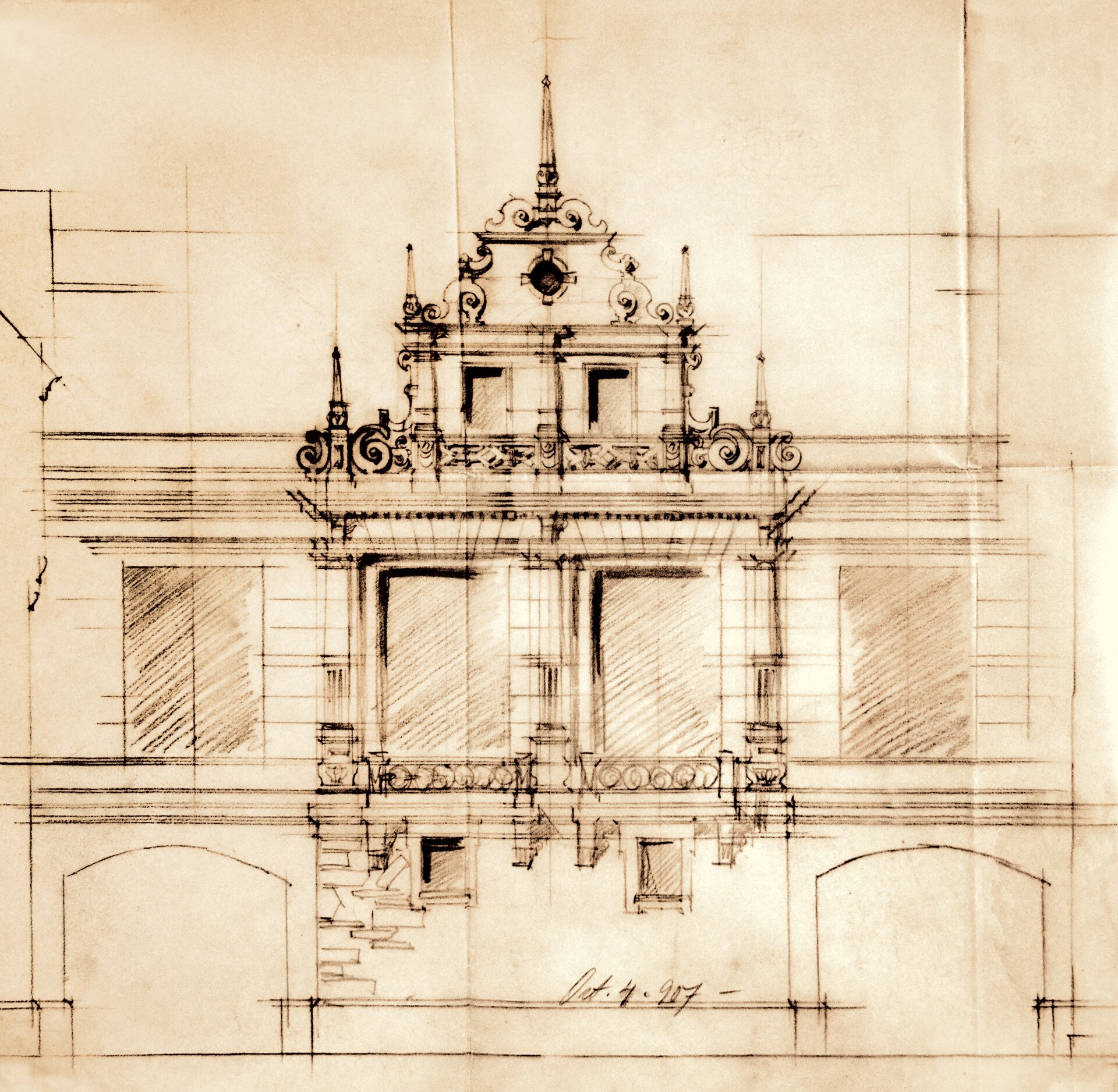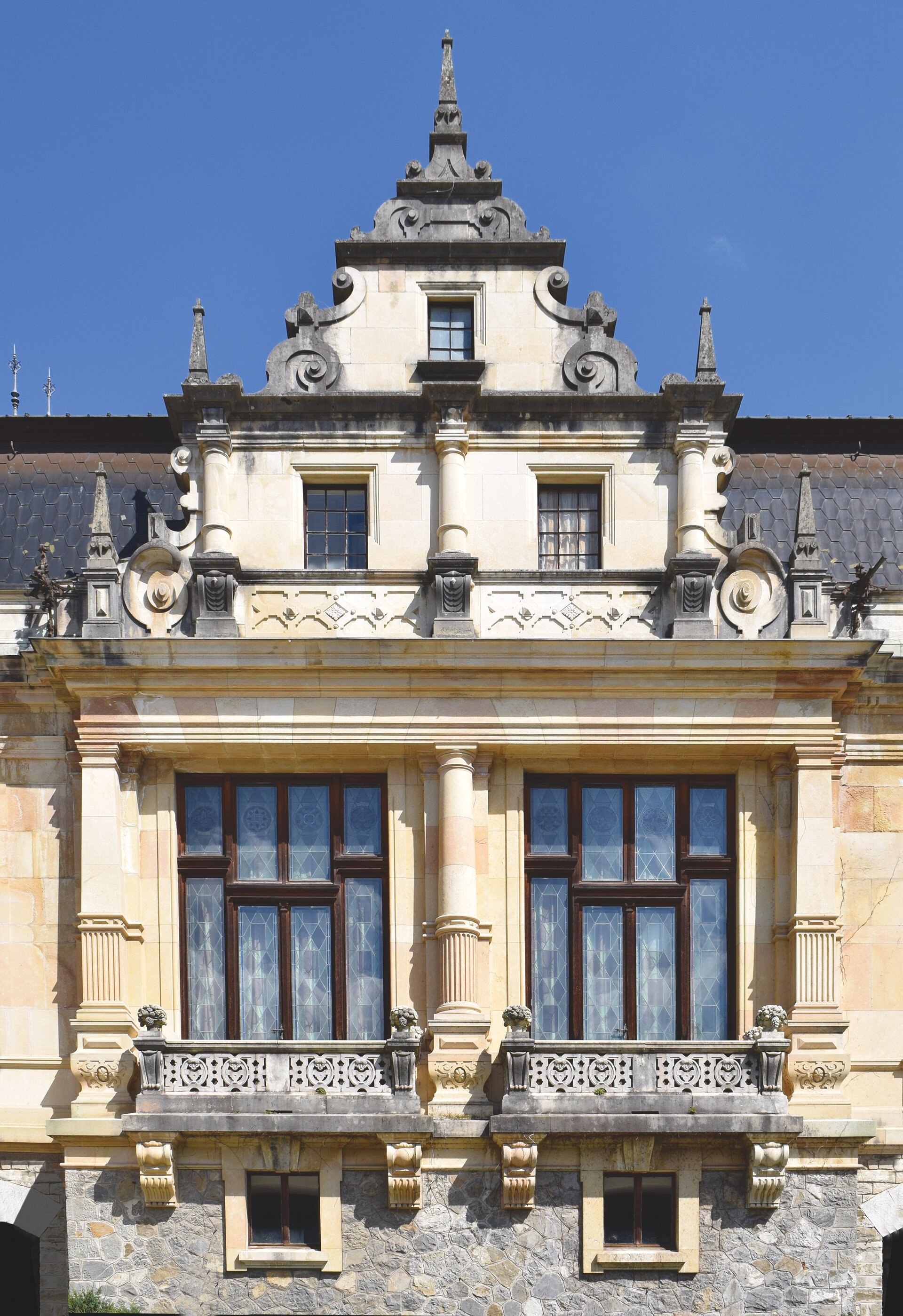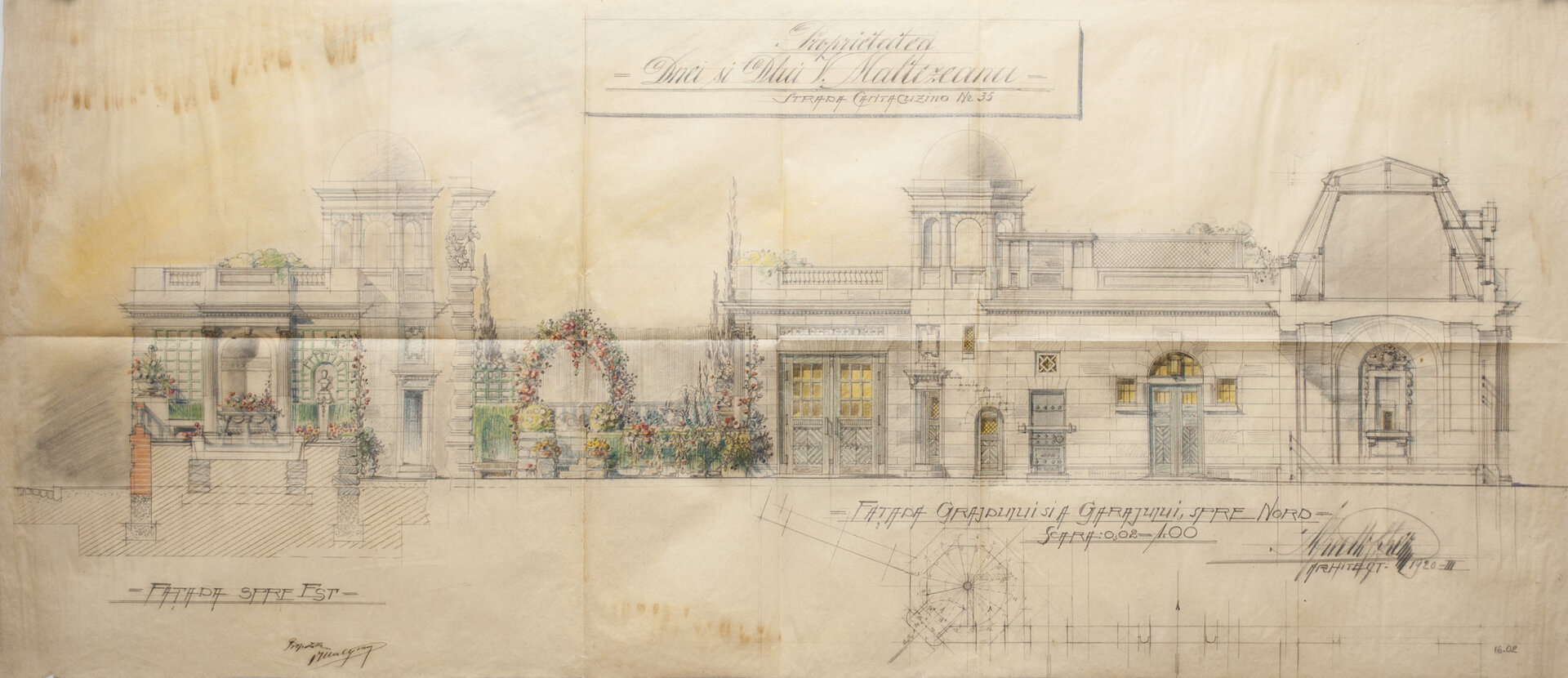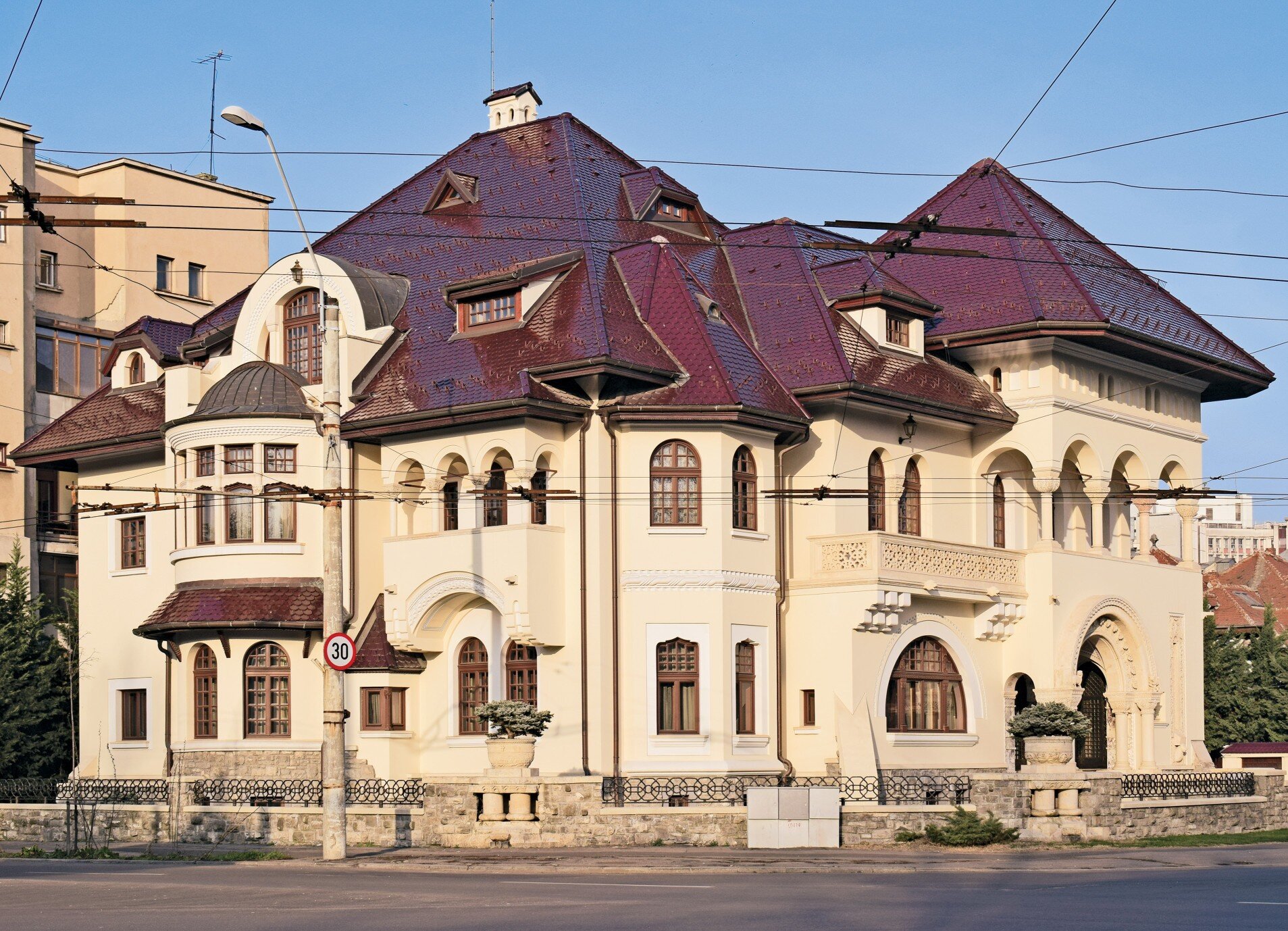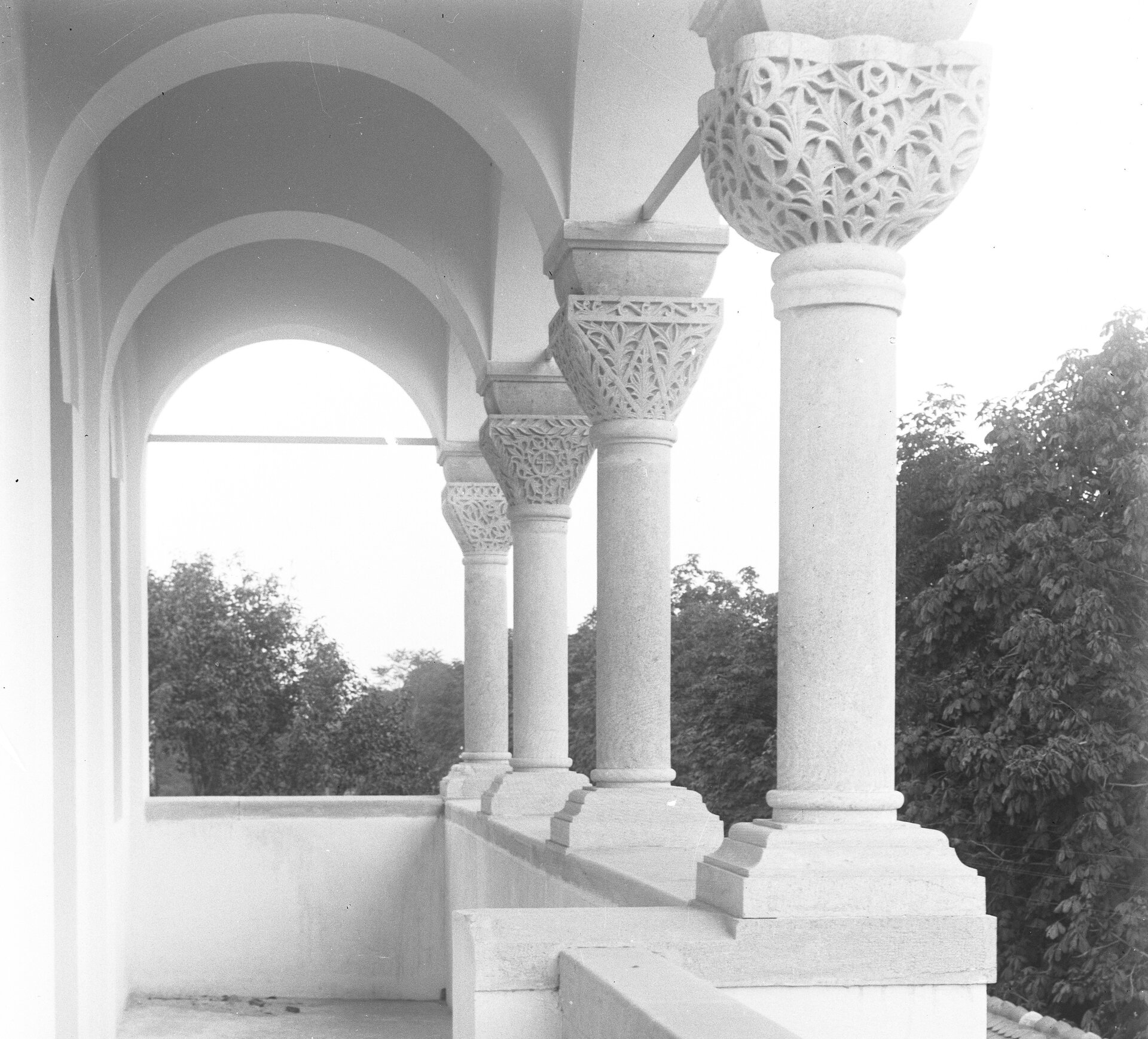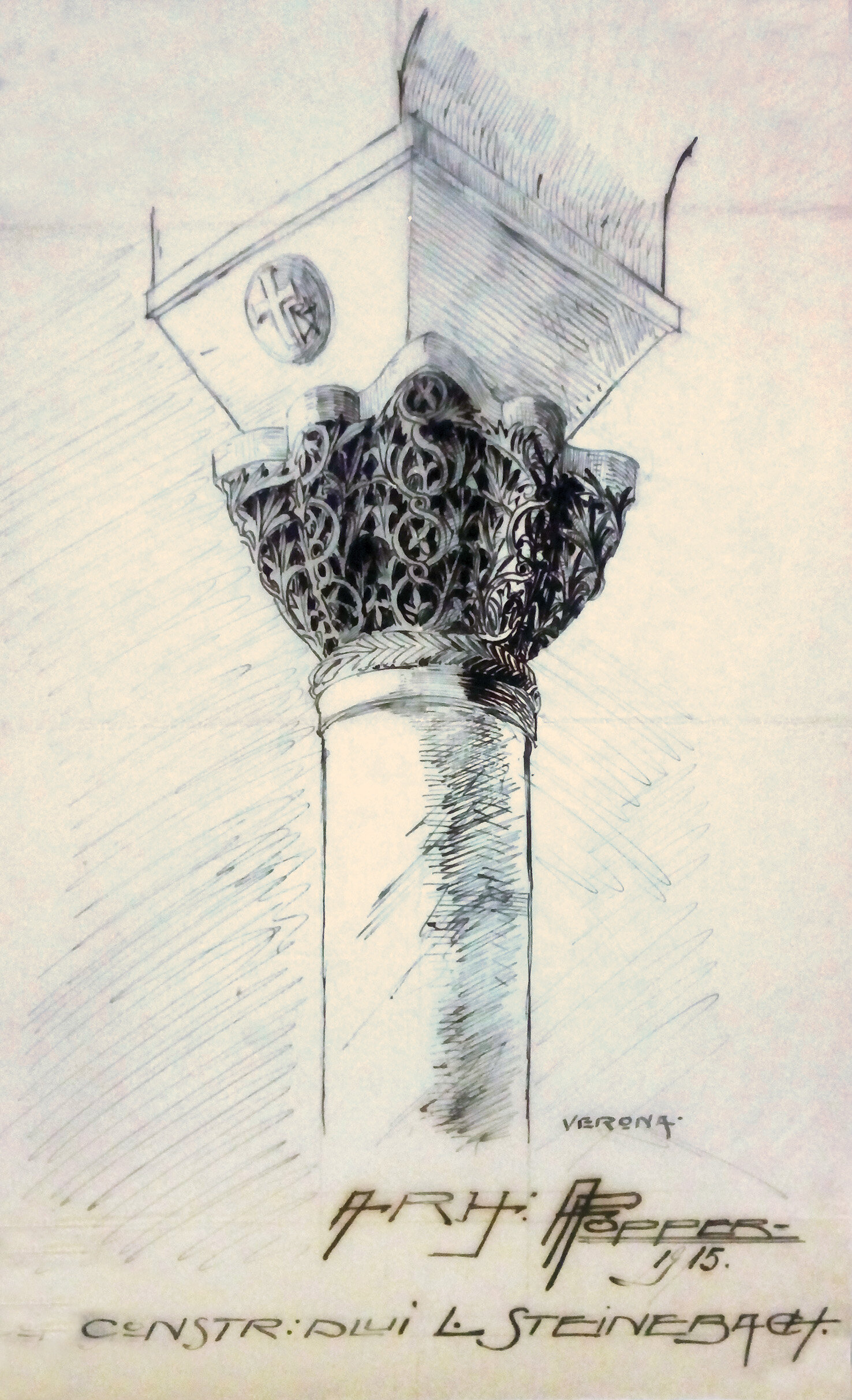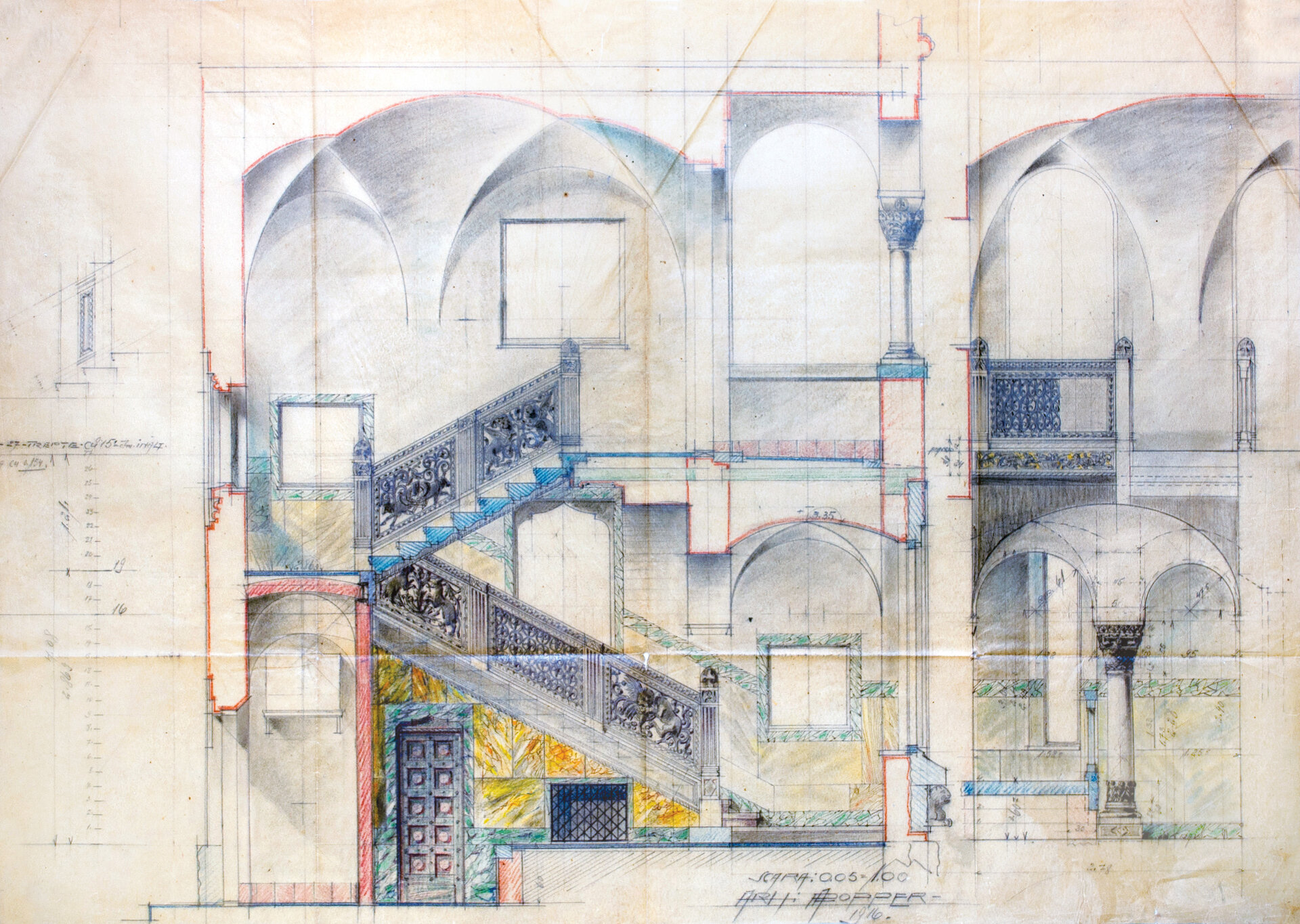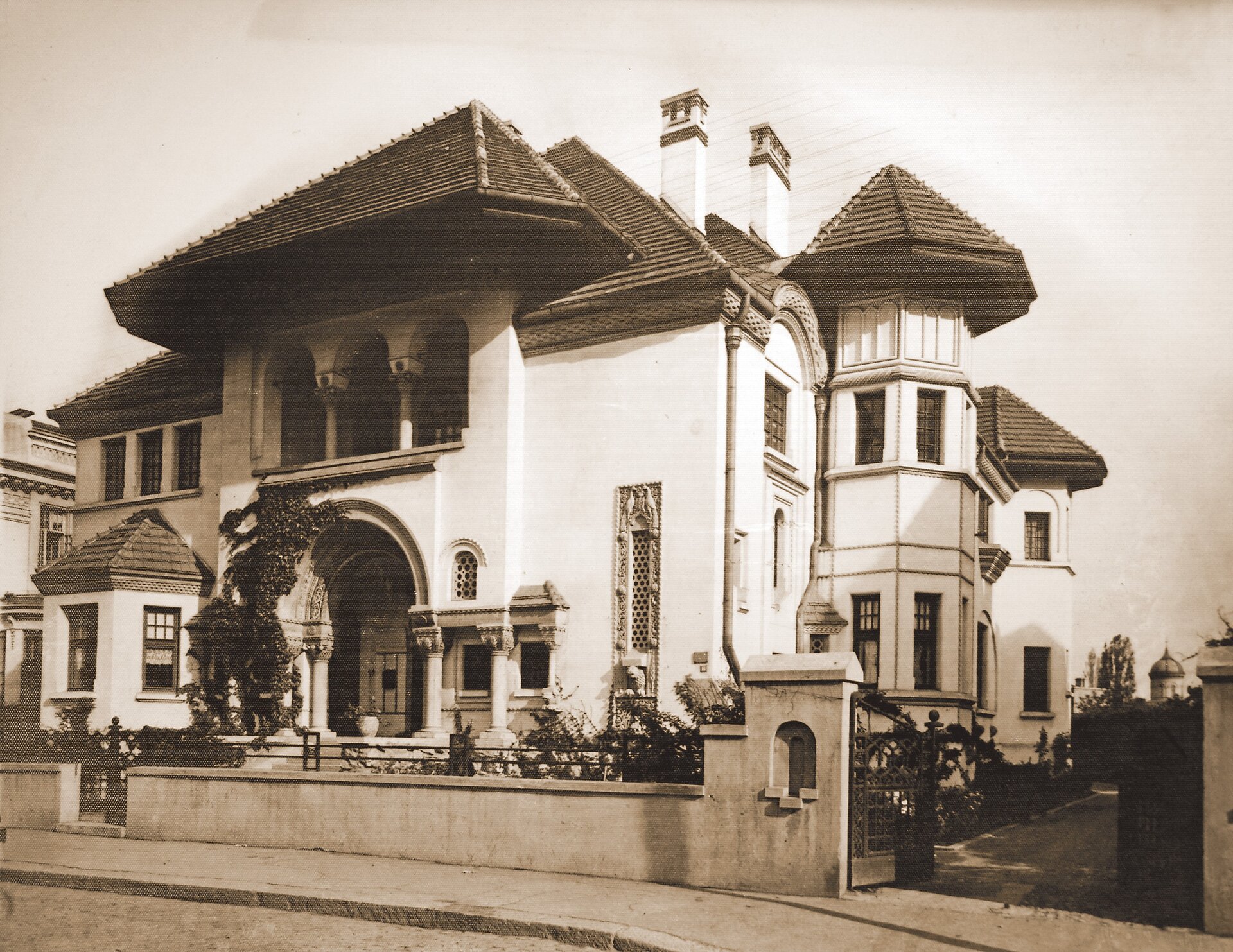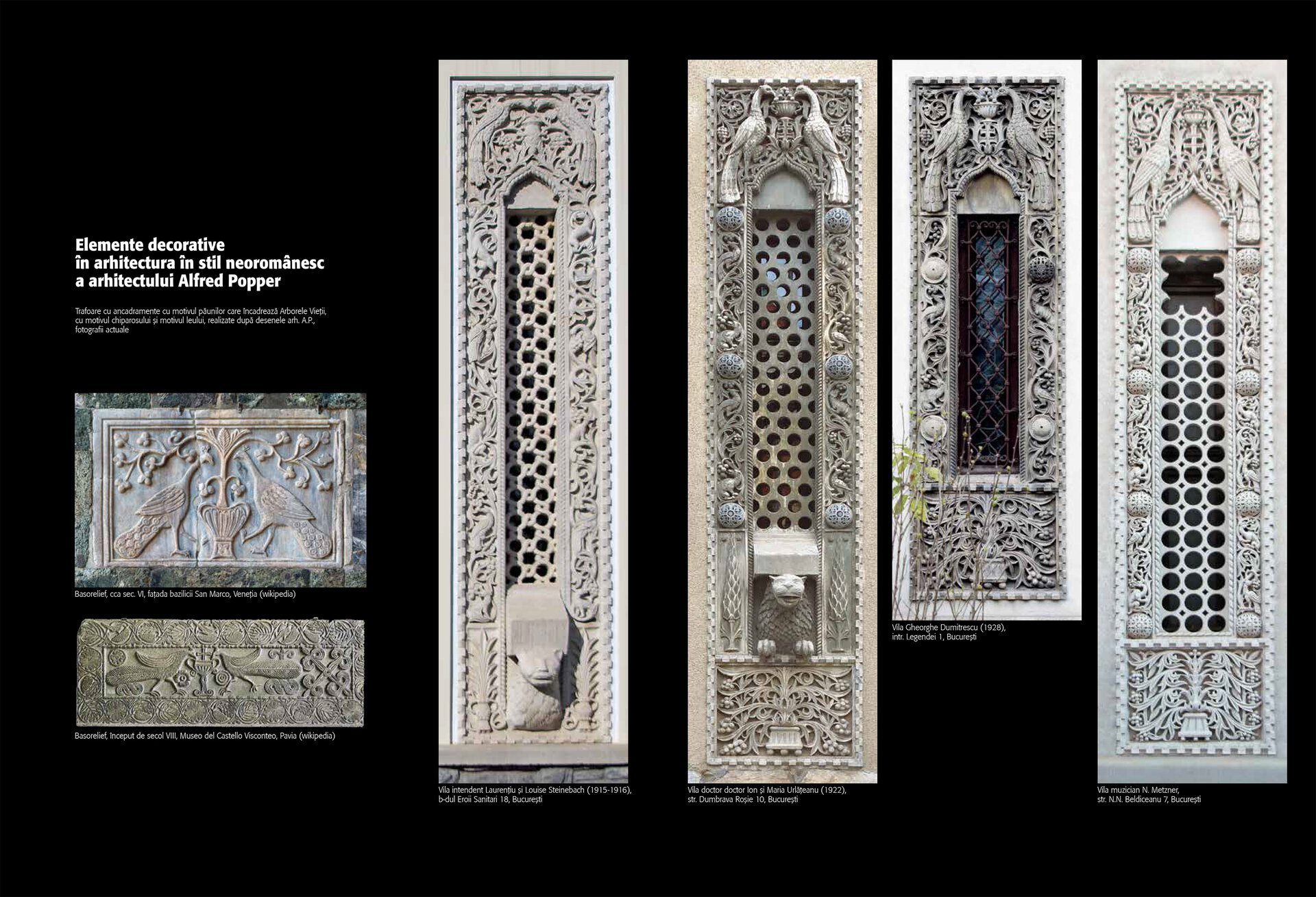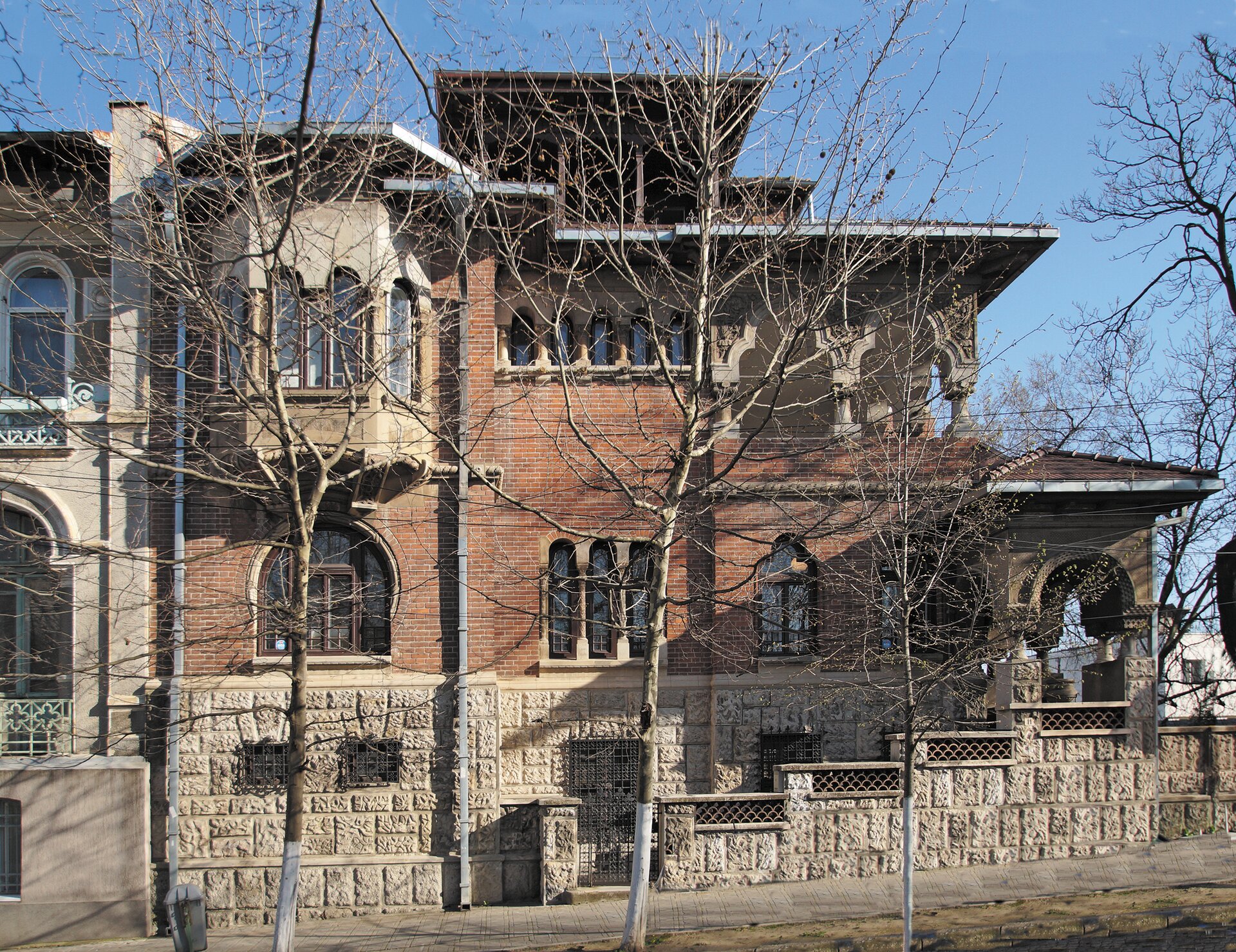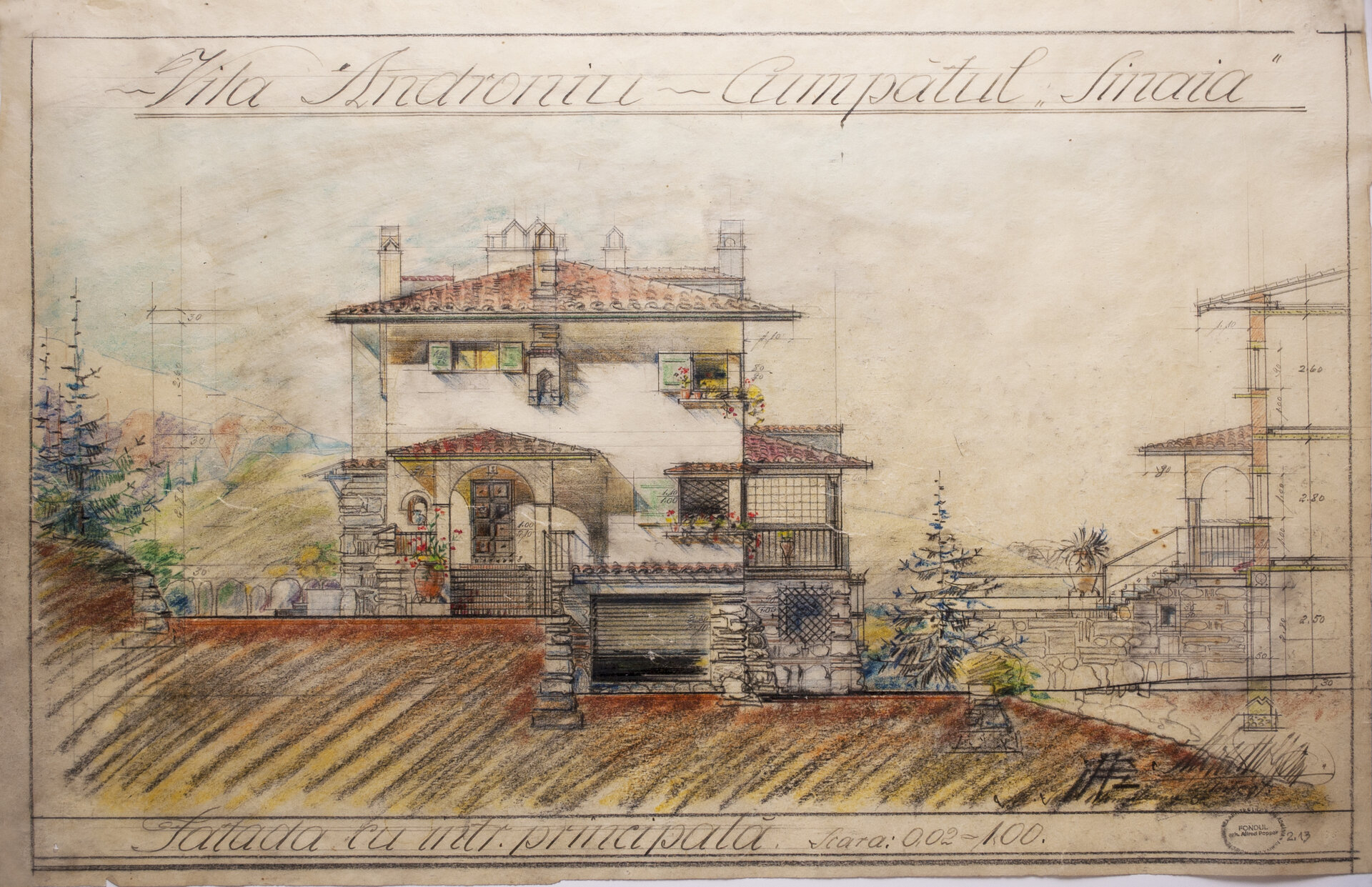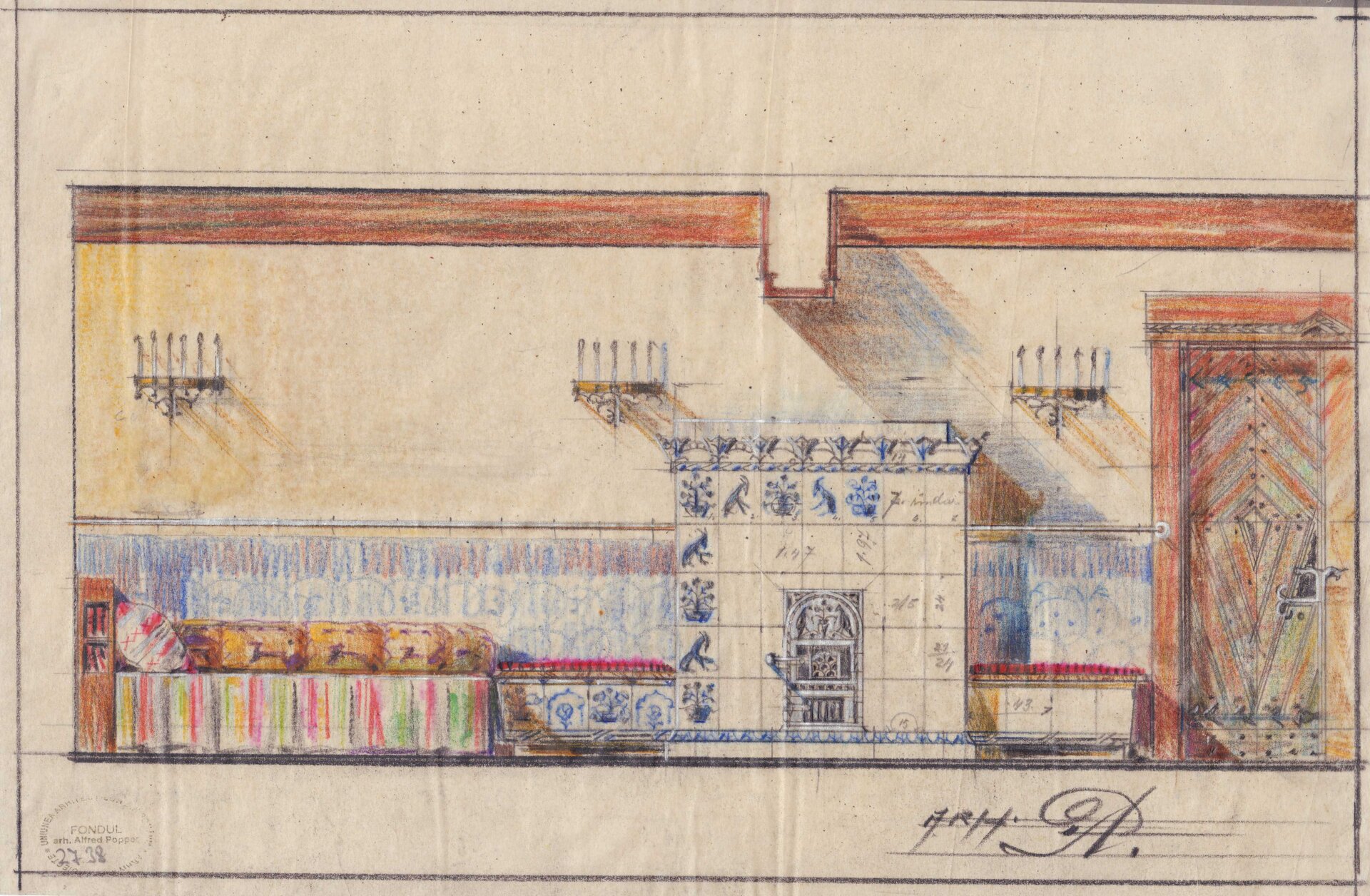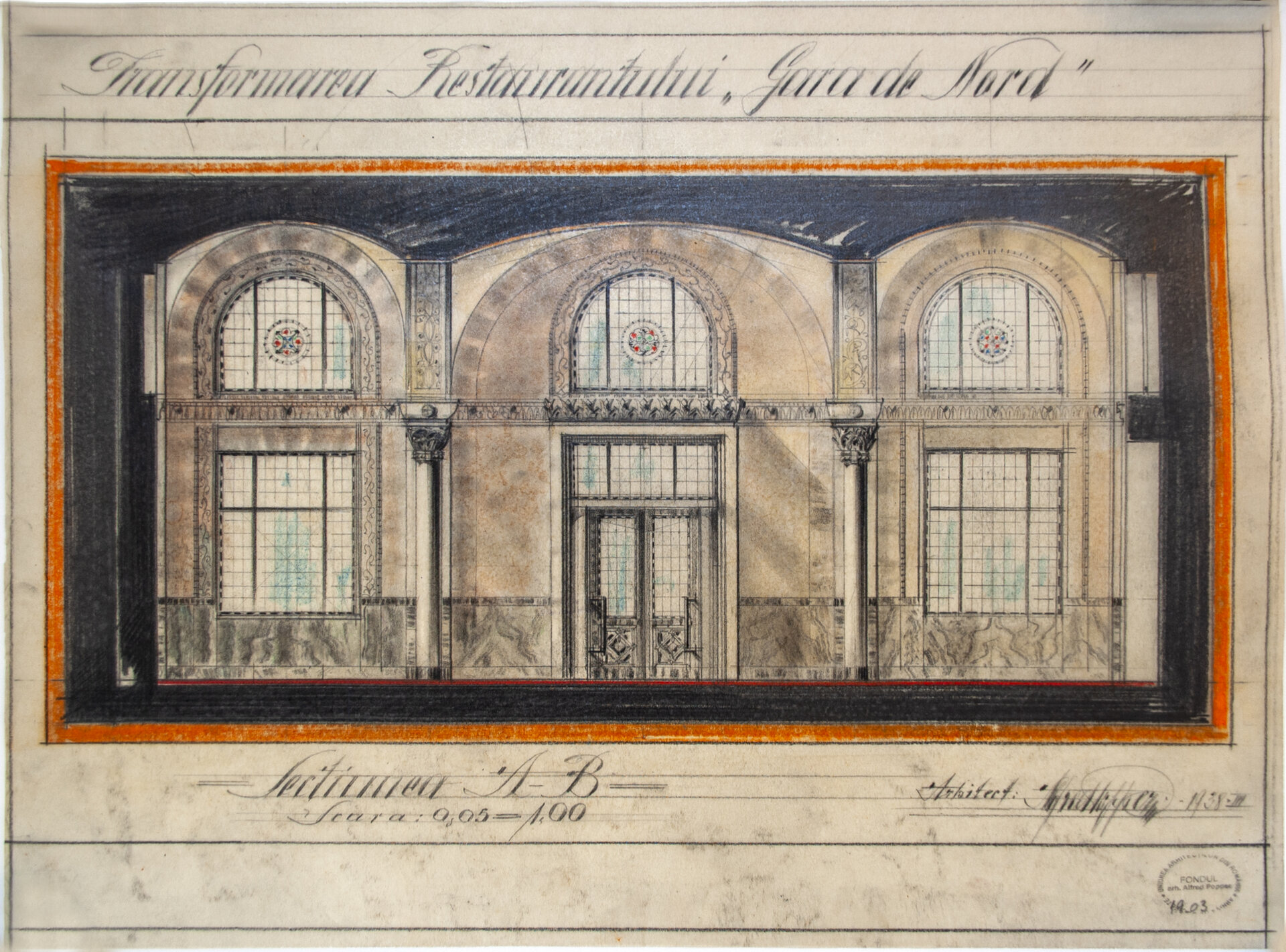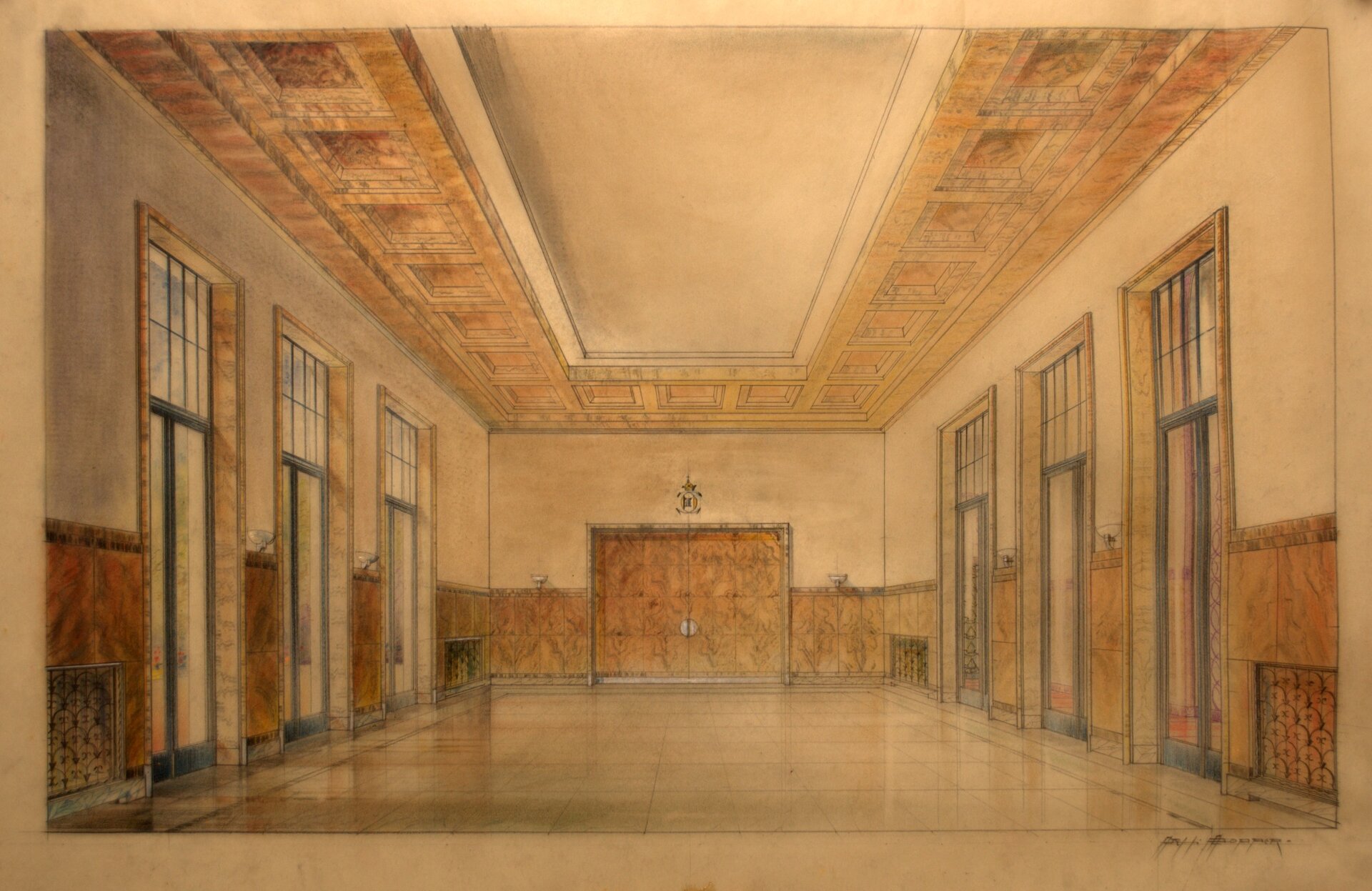
- Nomination for the “Research through Architecture / Architecture Books” section
Alfred Popper, 1874-1946: the (re)discovery of an architect
Authors’ Comment
‘The very rigorous monograph of the less known work of architect Alfred Popper, entitled ‘Alfred Popper, 1874-1946: the (re)discovery of an architect’, written by the art historian Monica Croitoru-Tonciu, completes the picture of lives and creations of the Romanian architects.
Based on the thorough study of not only the architectural archives, Monica Croitoru-Tonciu manages to create a complex research of the architect’s work, the chronological reconstitution of his projects and, in some cases, the rediscovery – based on sketches and details – of the buildings designed by the architect. The author has the merit to succeed in framing A. Popper’s work in the cultural, social and political context of his epoch, thus offering the possibility of a complex understanding of his activity, decisions and projects.’ (extract from ‘Preface’, lect. dr. arch. Cristina Woinaroski)
‘This book is the first monograph of the Romanian architect Alfred Samuel Popper (b. 30 August 1874, Brașov/Kronstadt - d. June 1946, Bucharest), designed as a comprehensive study meant to disclose and analyze his professional and creative portfolio of works. I also intend to give voice to the man, artist and visionary spirit of Alfred Popper, and draw attention on him after almost eighty years from his death. The volume presents in detail and classifies the architect’s works chronologically and into stylistic categories, like a focus on his multiple “selves”, yet without any intention to limit or downsize his options, but only to reveal his extraordinarily versatile architectural career with all the seriosity he deserves. Therefore, the works of Alfred Popper will be presented to the readers gradually, as reunited fragments that all make the traits of a professional and also of personal portrait, and also let us grasp the artistic vision of an architect with a rare dedication to his art, almost unknown to us today.
This book invites you to read it as a restitution that structures and illustrates the variety and quality of the architectural works of Alfred Popper, and attempts to place him, as critically as possible, in the Romanian architectural milieu of the end of the nineteenth-century and the first half of the twentieth century. The volume would like to restore a fragment of history of the Romanian architecture, and give the public a documented and richly illustrated sample of research, in order to serve as a means to complete our knowledge regarding the Romanian built architecture, of high value both to us and, hopefully, to others.’ (extract from ‘The plea for a (re)discovery’)
The book is structured into chapters that illustrate the stages of architect Alfred Popper’s career, who approached successively all the architectural styles embraced in the epoch, from the Eclecticism with Neo-Gothic elements or the Academic architecture, up to the architecture of the National Style, Vernacular, Modernism and Hybrid Modernism. The architect enjoyed commissions from the Royal House of Romania, the Romanian aristocracy and bourgeoisie, several testimonies attesting his talent for drawing and his professional dedication.
The volume is based on the careful analysis of documents from: the Archive of projects and the Archive of photographs of the Union of Architects in Romania, the National Archives of Romania, the Archive of the City Council of Bucharest, the Archive of the National Institute of Patrimony, the National Library of Romania, the Library of the ‘Ion Mincu’ University of Architecture and Urban Planning, the National Museum of History of Romania, the National Museum of Peleș, the National Archive of Portugal etc., thus building an almost complete portrait of the art lover and creator that was arch. Alfred Popper.
- People at work in their homes
- Diploma Box
- Courtyards of Bucharest. The hidden potential of urban morphology
- Alfred Popper, 1874-1946: the (re)discovery of an architect
- Eternal Architecture in Romania. Cemeteries, mausolea, funerary buildings in extra-Carpathian territory (1830-1939)
- Heritage, Landscape and Restoration of Historical Gardens
- Architect Ion Căpșuneanu. Achievements and sufferings
- Toma Stelian House: a historical perspective
- Isolation in a series of liminal states
- Best practice guide: Băile Govora case
